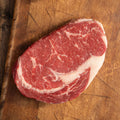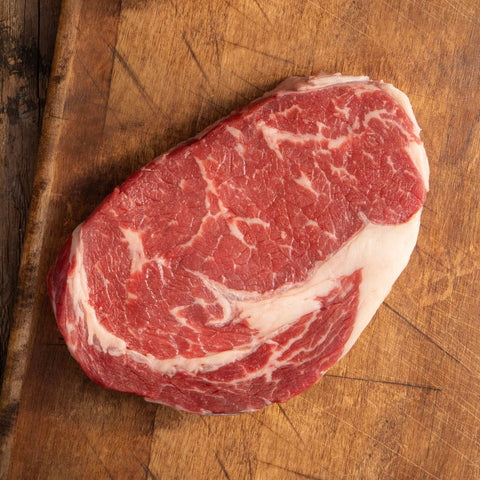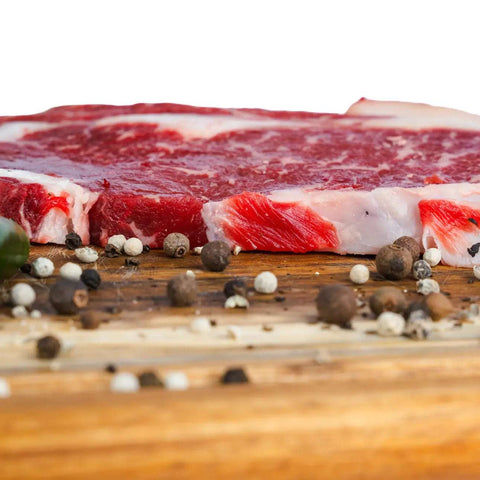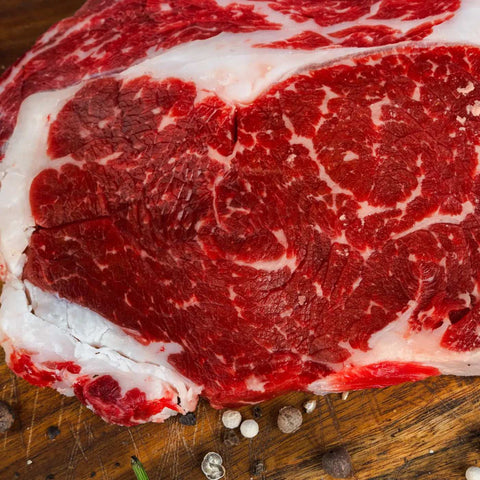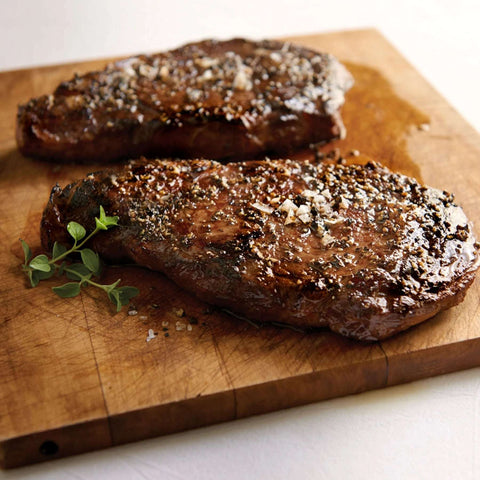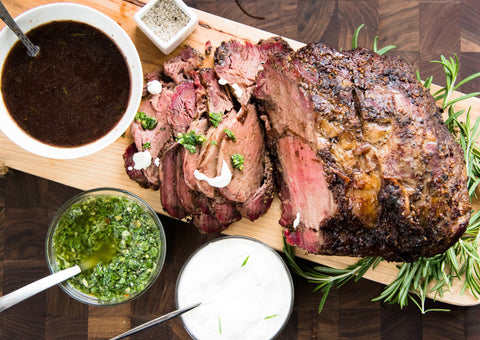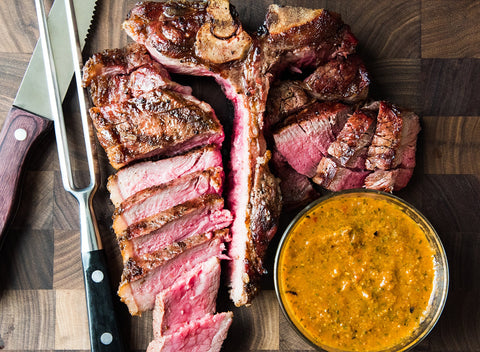There are many types of beef steaks, some of which are striploin, tenderloin, skirt, sirloin, tibone, tomahawk, flank, rump, Denver, and of course ribeye. The latter is one of our favorites as it is rich in flavor and aromas. Each has a very different texture, yet they are prepared and flavored pretty much the same. By itself, beef is tasty enough, so there is no need to overdo it with spices, especially when it is grilled, and not only.


For the best experience, it is necessary that the ingredients are of high quality. Salt is the basis of taste. A beef steak's best friend is Maldon salt. It gives a unique and incomparable taste to other salt. A must have in your spice arsenal. The next step is black pepper. For this, freshly ground pepper mix is a must. Last but not least are the fresh rosemary and thyme. They have amazing flavors and will take your stack to a much higher level. Veal without garlic is not possible, use fresh in the oil "bath" in the cast iron pan (if it is not ribbed).

Most of you might think that making a beef steak is difficult. This is not the case at all. There are only a few subtle moments and success will be in your hands. Cast iron is probably the best medium for cooking steaks. Due to the fact that it retains and distributes the heat, they are baked with an incomparable crispy crust and a tender body. The high temperature seals and caramelizes the steak instantly, this is very important so that the juices don't run out early in the cooking process. So make sure the pan is well heated before putting the steak in it. The other subtlety is the firing temperature at the core of the stack.

Internal temperature:
Blue rare: 47 degrees
Rare: 49 degrees
Medium rare: 52 degrees
Medium: 57 degrees
Medium well: 63 degrees
Well Dunn: 71 degrees
For more information, see what are the types of degrees of doneness of beef steak .
Since most steaks come in different thicknesses and sizes, it would be best to get a thermometer to measure the internal temperature. For medium rare, it should be 45 degrees Celsius. After removing them from the pan, the temperature will rise another 6-7 degrees.


To preserve the tenderness of the veal, we recommend you cook to a maximum of medium rare.


